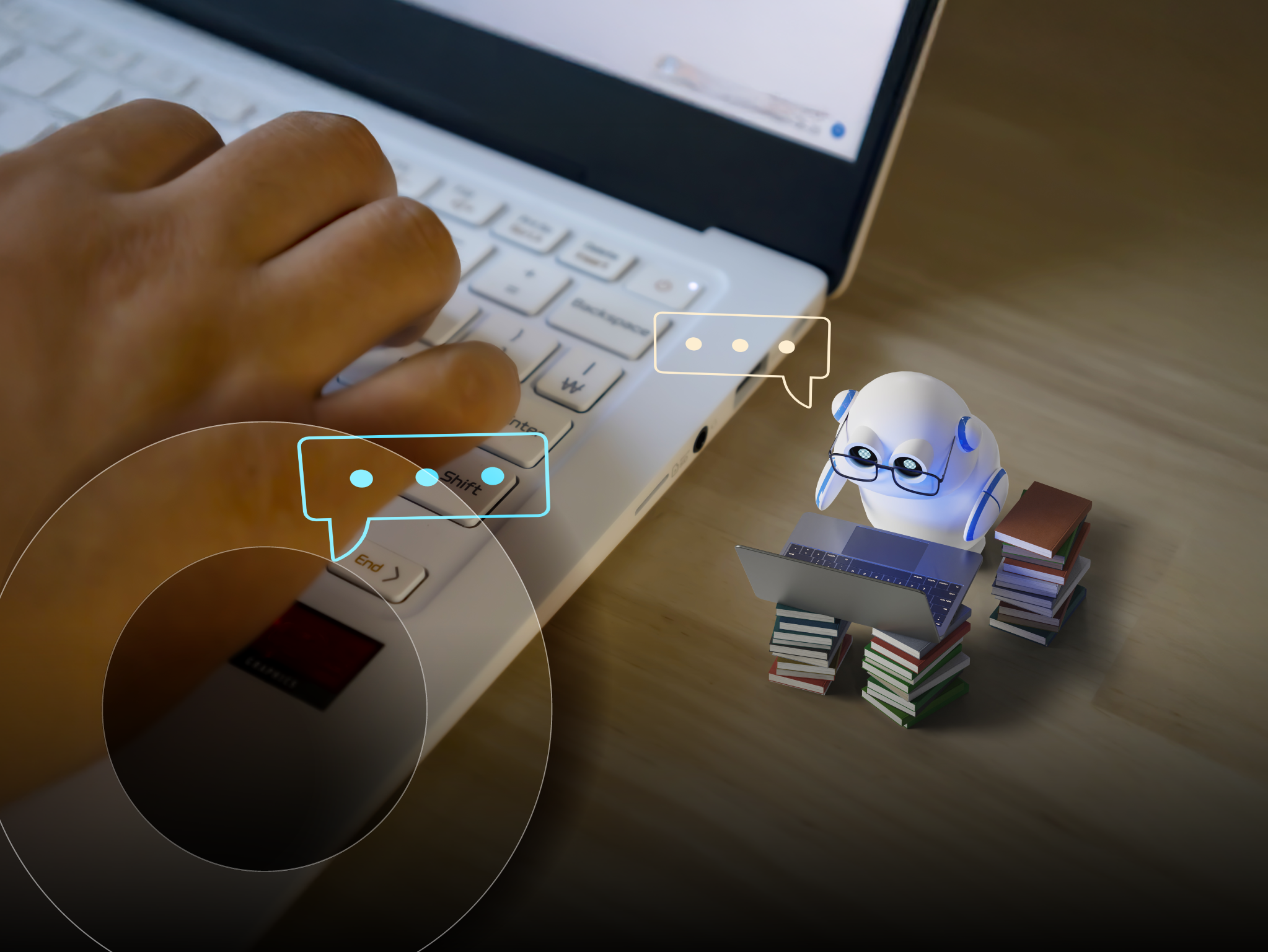3 reasons I’m excited about Microsoft Viva

A game-changing announcement from Microsoft last week has taken the growing challenges around employee experience and delivered a single platform aimed at solving them.
Integrated into existing, everyday apps like Teams, Outlook, and Office, Microsoft is positioning Viva as the first employee experience platform and ecosystem built for the digital era. It combines videoconferencing and learning programs with work-life balance tools to prevent burnout, enables teams to feel more connected, and helps managers understand employees’ work patterns and trends.
I’m excited because I think the timing couldn’t be better. There has never been a bigger need for technology, data, and insights that are designed to create optimal employee experiences. Microsoft and industry commentators have been quick to document what it promises for businesses and employees, such as how its four modules — Connections, Insights, Learning, and Topics — are truly empowering people to feel connected and supported.
But what isn’t well documented yet is, what does that actually mean for business and the future of work?
This has me far more excited than the technology itself.
Let’s start with the obvious: Viva is the encouraging solution we’ve all been looking for that can begin to address common challenges associated with remote employees. Second, it’s a data powerhouse you can leverage to get visibility into insights you likely never had access to until now. And finally, it’s the tip of the iceberg in an era where the employee is at the center of every equation and will likely be the driver of future business decisions.
1. The encouraging solution we’ve all been looking for
Organizations that really value employee experience have spent a lot of time over recent years trying to find and implement technologies that help them address the following common concerns with remote employees:
- Providing optimal working experiences
- Preserving company culture
- Maintaining steam and productivity
- Avoiding burnout
- Having an honest understanding of well-being
- Providing a seamless onboarding experience
- Replicating ad hoc collaboration and knowledge sharing
These challenges demand multi-faceted, complicated solutions that require our customers to deploy countless technologies that often overlap each other. Trying to bring the vision of total employee engagement to life was not an easy task. Microsoft Viva might be about to change that.
At SHI, we’ve talked a lot about the employee experience and encouraged customers to think long and hard about how they will promote ongoing well-being and work-life balance now that remote and hybrid work environments are here to stay. Meeting the technological needs of employees was just the first phase, albeit an ongoing phase, but the thought track has now pivoted to effectively managing and supporting employees and maintaining productivity while building an inclusive environment regardless of where or when employees work.
Until now, that’s meant investing in technologies and services that support ongoing professional development, interactive unified communications and collaboration, task and workflow optimization, and regular checkpoints with your workers. Microsoft Viva has the potential to reduce multiple technology decisions to one (you’ll still want services, but we’ll cover that in a later post).
So, one driver is the ability to help employees engage. But, what about the employers themselves? Well, increasingly to engage with staff, you need data. There just isn’t the face time to do it without hard data.
2. A data powerhouse giving visibility into fundamental insights
The sooner you have access to the data Microsoft’s Viva platform can provide through Insights, the sooner you can use it to guide informed decisions that will have a meaningful impact on your employee, workplace, and customer experiences.
Remember those common challenges I highlighted? Having access to this data will give you that pulse you’ve been looking for on whether or not your people are actually OK and performing at their best.
The sooner you glean these insights, the sooner you can empower your front-line managers to proactively support your employees’ well-being. The sooner you can know for sure that you’re doing a good job of creating an optimal environment for your employees to succeed at accomplishing your organization’s collective goals. The sooner you can validate that to your shareholders, or customers, or board of directors.
3. The driver of future business decisions
Microsoft Viva really is just the beginning of a game-changing movement in investing in what matters most to any organization (you guessed it – its employees). The significance this platform and future solutions like it will have on overall business decisions is yet to be known, but I have my predictions:
- Executive bonuses will be tied to the data and analytics provided by these employee experience platforms in at least five years
- Top talent will be requesting organizations to share employee experience scores before agreeing to onboard
- Massive integrations and developments into Viva over the next year: Other applications will coalesce around it and lend into it, the same way collaboration apps have disappeared into Microsoft Teams
It’s never been in doubt that our people are our greatest asset, and how well we invest in them is paramount to our organization’s success. This employee experience platform is going to define how that is done in the next two years.
So now is the time to get on board.
To learn more about Microsoft Viva and how SHI can help you with your employee experience needs, contact us today.




